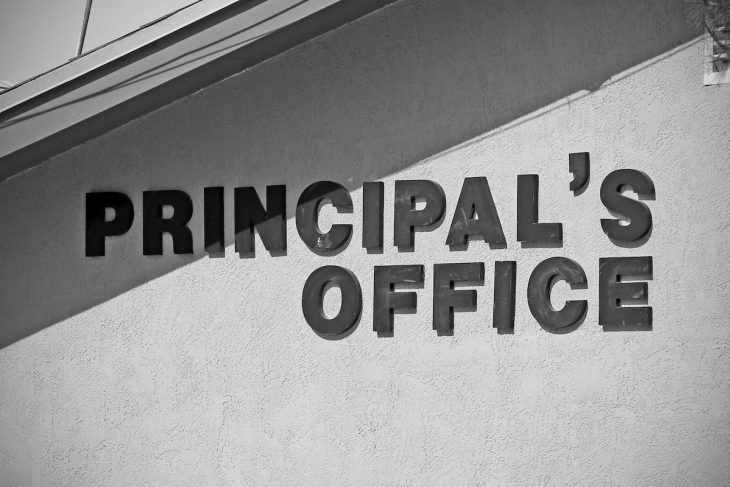Data indicate that, nationwide, roughly 20 percent of schools change principals in any given year, and that urban schools see a larger share of such changes. Reasons vary, but regardless, leadership transitions rock the boat—which may not be a bad thing—whenever and wherever they occur. A recent working paper examines the impact of principal attrition and replacement on various indicators of school quality, including teacher turnover, student achievement, and growth.
The study—from Marcus Winters, Brian Kisida, and Ikhee Cho—uses longitudinal data from traditional district schools (no charters) in New York City. It finds similar outcomes to previous research, but adds two interesting new data points. One, it looks at school environment and climate as outcomes via the City’s annual school climate survey for teachers. Two, it examines whether the impact of a principal transition varies depending on whether the principal was an internal hire—meaning filled by someone who previously was a teacher or assistant principal in that school—or an external hire, meaning filled by someone who never worked within the school.
Data cover nearly all district principals employed in the city from 2006–07 to 2017–18, although a small number of principals who had once worked at a different NYC public school were excluded. On average, NYC schools replace close to 10 percent of traditional school principals every year. More than half of them never previously worked as a principal within NYC and about a third were promoted from within the school.
The analysts are estimating the effect of a school transitioning from one principal to another compared to having an established principal for five years. Since school attributes can bias the findings, they leverage the variation across schools in the timing of the principal changes. In other words, since schools experience principal changes at different time periods, the introduction of a new principal is not likely to be associated with policy changes or other factors that affect all NYC schools at once.
The key finding is that changing principals has an immediate but small negative impact on student growth and proficiency that remains over several years, regardless of whether the new leader was hired internally or externally. Although analysts do not see a change in teacher turnover during the first year following a principal transition, they see a significant increase in turnover the second year, but only among buildings with an externally hired principal, not an internal one—both overall and among teachers with five or fewer years of experience. Likewise, for their measure of school environment—which addresses areas like trust, order, and a school vision—there is a small to moderate decrease after a school transitions to an external hire (only). The negative effect for the external hire lessens a bit over time, but is still significant up to five years later.
Analysts conclude that a principal’s impact on student learning could be distinct from their effects on school environment and working conditions. And it’s possible that teacher turnover comes as a consequence of the decline in perceived working conditions. That’s because teacher satisfaction scores go down during the external leader’s first year, which is followed by an increase in turnover in the fall of the leader’s second year.
While these findings are in line with similar studies elsewhere—and also with studies showing achievement downturns following other disruptions such as school closures—they are still sobering. With an enduring negative impact in student progress, the question must be asked whether these principal transitions are simply resulting in lower-quality candidates replacing better ones. The study period overlaps with much of former New York Mayor Michael Bloomberg’s time in office. He was often criticized for his “corporate style” of education governance, so it’s possible that a desire to “shake things up” could have resulted in a downgrade in the quality of leadership. Still, let’s also remember that New York City is not a microcosm of the country and that traditional district schools are not the most adaptable of ecosystems. Thus, these findings should be taken in context without wholesale generalization to other systems, cities, or states.
SOURCE: Marcus Winters, Brian Kisida, and Ikhee Cho, “The Impact of Principal Attrition and Replacement on Indicators of School Quality, Education Finance & Policy (2023).


